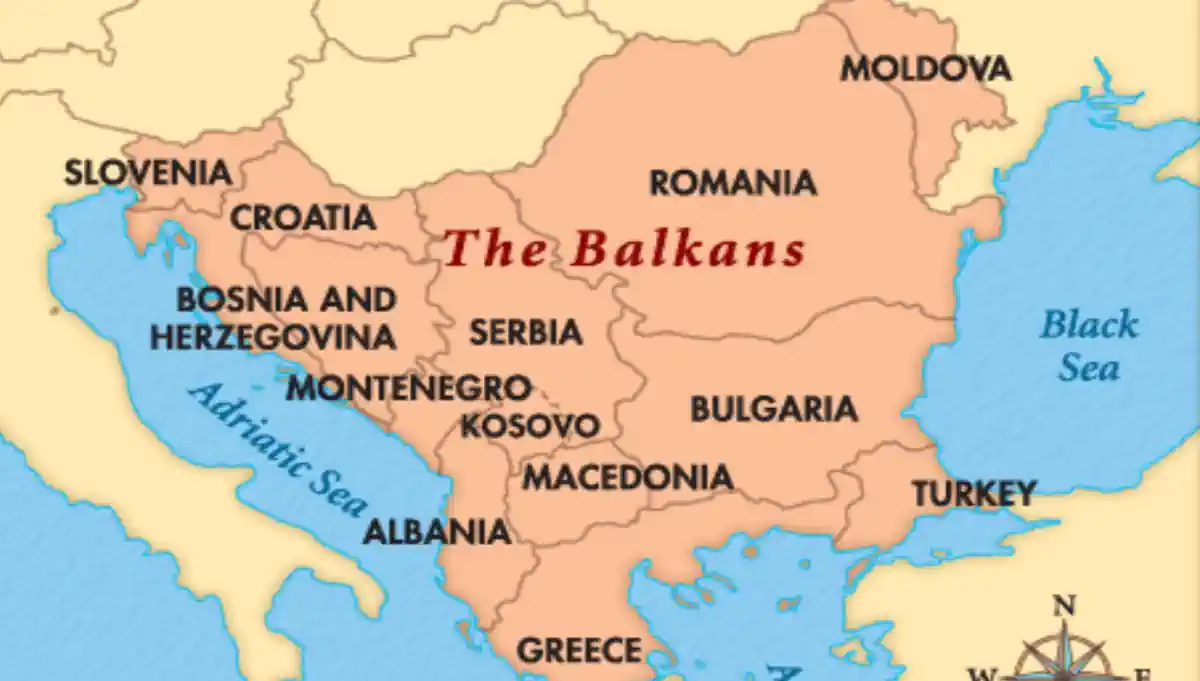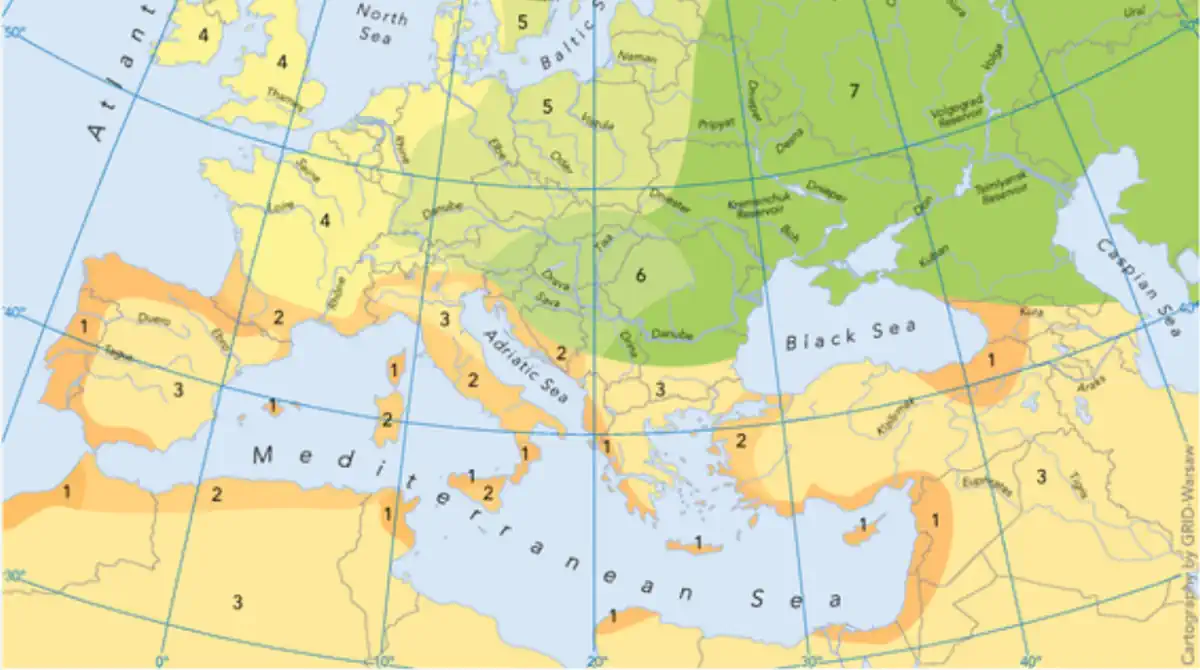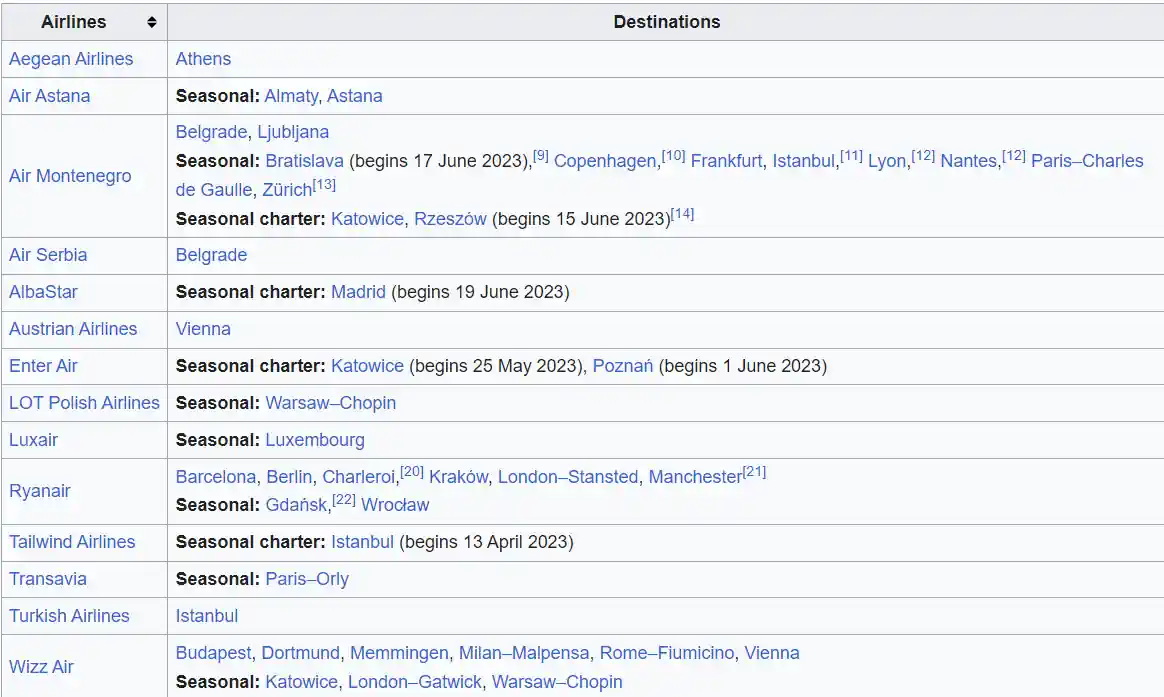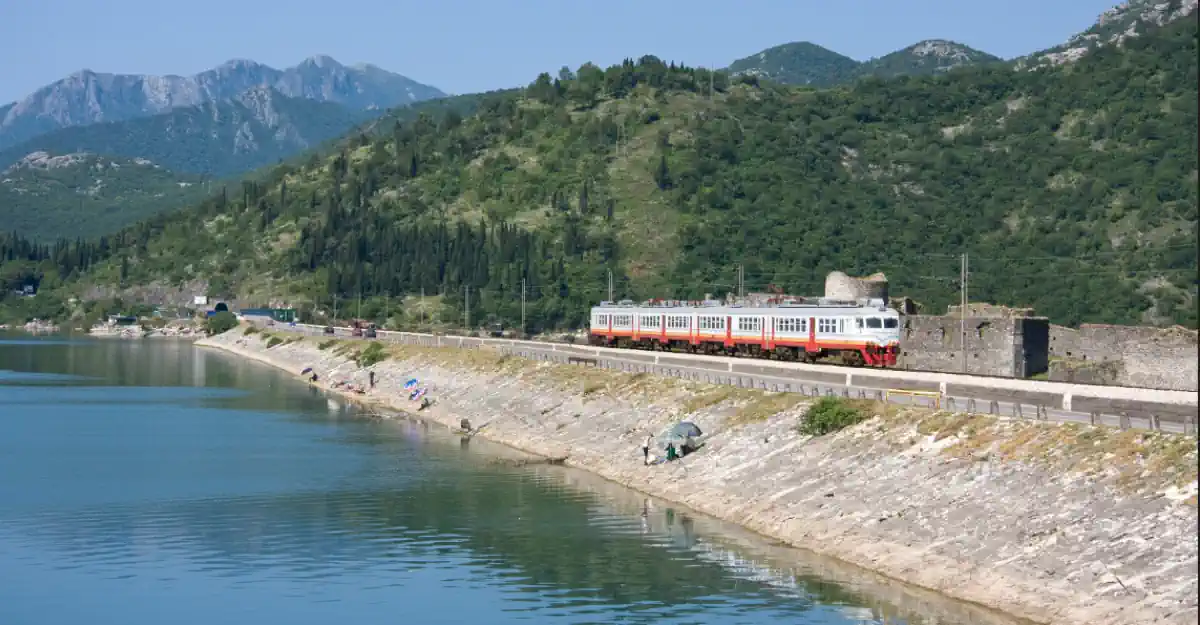Adriacom I Business Services & Immigration
Montenegro Awaits - Let's Make it Yours.
Where is Montenegro? Your Ultimate Guide to Croatia’s tiny Neighbor
Montenegro is one of Europe’s smallest countries with a population of just 610,000 (similar to Luxemburg). In total, it occupies a land area of 13,812 km2, a similar area as the Netherlands but with much fewer inhabitants.
Official name: Montenegro / (local language: ‘Crna Gora‘)
Table of Contents
Toggle

source: Wikipedia
Head of Government (Prime Minister): Dritan Abazovic
Head of State (President): Milo Djukanovic
Capital City: Podgorica (formerly Titograd)
Airports: Tivat (TIV) and Podgorica (TGD)
Currency: Euro
Religions: Orthodox Christians – 72%, Catholics – 3.5%, Muslims – 20%, Protestants – 0.50%, atheists – 1.50%, other – 2.50%
Time Zone: Central European Time Zone, same as Berlin and Paris
Measuring units: Degree Celsius (ºC), Meter (m), Kilogram (kg), Liter (l)
Country Code: +382
Natural Resources: Bauxite, Hydropower, Windenergy, Solar Energy
Terrain and Geography
Montenegro is mainly characterized by its mountain ranges that rise more than two thousand meters above sea level and make up most of the country’s topography. Montenegro’s most notable mountains are the Durmitor (part of the Dinaric Alps), the Accursed Mountains bordering Kosovo and Albania, and Mount Lovcen which holds cultural significance for Montenegrins.
Mount Lovcen served as an inspiration to name the country ‘Montenegro’ which translates to ‘Black Mountain’. The forests of Mount Lovcen are dense and appear to be ‘black’ during most of the day. The highest peak in Montenegro is ‘Bobotov Kuk‘, a 2523m high peak in one of Montenegro’s national parks – the Durmitor National Park.
Other notable mountains are:
- Mount Rumija in Bar
- Mount Vrmac between Tivat and Kotor Bay
- Mount Orjen between Herceg Novi / Risan and Niksic
Montenegro features some of Europe’s most beautiful rivers such as the Tara, Piva, Lim, Moraca, and Zeta Rivers.
The Tara River is probably Montenegro’s most important river. It divides Montenegro from Bosnia. The Tara is also known as “The Tear of Europe”, thanks to its crystal-clear water that is almost drinking-water quality.
The river flows through the Tara River Canyon which is more than 1300 meters deep, making up for one of the World’s deepest canyons. Today, the canyon and river of the Tara are recognized as a UNESCO World Heritage Site.
Montenegro has a coastline measuring 293 kilometers and unlike neighboring Croatia, has no notable and inhabited offshore islands. One excemption is Sveti Stefan, a former fishing village turned luxury resort that is connected to the mainland by a narrow causeway.
Along the coast, the most prominent geographical feature is the Bay of Kotor, a natural deepwater port dotted with small coastal towns such as Kotor, Perast, and Herceg Novi. It is listed as a UNESCO World Heritage Site.
History and Montenegrin Culture
Montenegrin culture and Montenegro’s history are heavily influenced by neighboring Serbia, the Ottomans, and Italy. The Venetians ruled over large parts of Coastal Montenegro for almost 400 years from 1420 to 1797. The coastal town of Kotor is probably the best testament to this time.

source: Montenegro Travel
The southern coastal region around ‘Ulcinj’ borders Albania and is dominated by an ethnic Albanian population. Albanians are for the most part Muslim, a relic of former Ottoman rule. While the Venetians were ruling over the northern coast, the South East of Montenegro was controled by the Ottoman Empire.
Centuries of foreign influence has left its footprint on the Montenegrin state. Today, there are three main ethnic groups in the country that live peacefully together: the Orthodox Montenegrins and Serbs, Catholics, and Muslims.
The Montenegrin coast (also known as southern Montenegro) is beautiful and diverse. Since Montenegro’s independence in 2006, Montenegro has developed one of the fastest-growing tourism sectors in the world. Roughly twenty percent of the Montenegrin economy consists of tourism.
Talks about EU membership
Milo Djukanovic has dominated Montenegrin politics since the fall of the Yugoslav Republic. He was one of the initiators of Montenegrin independence and set the country on path to EU membership. He is however a controversial figure with apparent ties to criminal structures and has been trialed for cigarette smuggling.
His party, the ‘Democratic Party of Socialists’ lost heavily in the last presidential and parliamentary elections. The up-and-coming political parties have affirmed the western course of Montenegro and eyed accession to the European Union within the next five years or so.
As things stand now, Montenegro will probably be joining the Union before its ultimate neighbors: Serbia, North Macedonia, Albania, and Bosnia. The delegation of the European Parliament comes to Montenegro once a year for meetings of the Stabilisation and Association Parliamentary Committee.
Where is Montenegro in Europe?
Montenegro lies geographically in Southeastern Europe on the Western Balkan Peninsula. It borders Croatia to its north, Albania to its south, and Bosnia and Hercegovina, Serbia, and Kosovo to its east. It is situated on the shores of the Adriatic Sea, opposite to southern Italy.
Geographically speaking, Montenegro is situated in the Balkan region, the stretch of land that connects the Adriatic Coast to the Black Sea, from the Alps to the Turkish Strait.

source: Encyclopedia Britannica
Which country does Montenegro belong to?
Montenegro has been an independent country since 2006 when it split from a State Union with Serbia. The independence referendum was supported by just 55% of the population. There is a large Serb minority in Montenegro making up about one third of the population. From 1945 to 1991, Montenegro was part of the Socialist Federal Republic of Yugoslavia (SFRY).
 source: ICTY
source: ICTY
In the centuries preceeding World War II, Montenegro has been mostly governed by larger European and Asian powers such as the Venetians, the Ottoman Empire, and Austria-Hungary. However, the country’s core around the old royal capital of ‘Cetinje’ remained mostly unconquered.
Old Montenegro’s historical center around Cetinje and Mount Lovcen has served as a stronghold against invading Ottoman forces for centuries. This part of, Montenegro was never subjugated. Today, the descendants of the royal capital of Cetinje are a proud faction of the population with an elevated sense of pride and devotion to their country.
Is Montenegro in Asia or Europe?
Montenegro is located in Southeastern Europe. Asia starts in Turkey which is about 1,000 kilometers east from Montenegro.

source: Britannica
What language is spoken in Montenegro?
The official language in Montenegro is the Montenegrin language, a language that is almost identical to Serbian, Croatian, and Bosnian. In fact, many linguists consider those languages to be interchangeable variants of the Shtokavian Dialect.
If you are interested in the details of the Montenegrin Language, you can find more details in our dedicated post on that topic.
Is Montenegro safe?
Montenegro is a safe country with no major safety threats. Every year, more than two million tourists arrive in Montenegro to spend their holidays. It is a tiny country that has good relations with its neighbors.
Is Montenegro safe? – If you want to read our comprehensive guide about traveler’s safety in Montenegro, click on the link above.
Montenegro Capital
Podgorica is Montenegro’s capital and is also the country’s largest city with a population of 210,000 people. Montenegro in total has only 620,000 inhabitants.

source: Wikipedia
During socialist rule under Marshall Tito (1946 – 1992), Podgorica was called ‘Titograd’ in honor of the Yugoslav politician. The city was almost totally destroyed during the Second World War and in the years following the war had a population of just 15,000.
Most of the city’s develeopment happened in the decades under socialist rule. Podgorica is not a touristy city: there are not many historical landmarks. What makes it stand out is its geography. Podgorica is located 15 kilometers north of Lake Skadar and has 6 rivers flowing through it.
Today, Podgorica is the dynamic administrative and economic center of Montenegro. All embassies are here and most of the country’s GDP is generated by its population. Podgorica is growing year in and year out. Many Montenegrins, especially from Northern Montenegro, move to Podgorica in search for a better life.
Montenegro Cities
If we use the definition of the US Census Bureau, cities have a population of at least 50,000 people. In Montenegro there are two settlements that have a poplation greater than 50,000: Podgorica and Niksic.
Podgorica is the political and economic center of Montenegro while Niksic is a former industrial city with a current populaiton of 56.000.
Municipalities of Montenegro
Montenegro is divided into 25 municipalities. Within the last 10 years, four new municipalities have been added: Petnjica, Gusinje, Tuzi, and Zeta. Only eleven municipalities have more than 20,000 inhabitants. The smallest one is Savnik with just 1,500 people.
The largest five populaitonwise are Podgorica, Niksic, Bijelo Polje, Bar, and Berane. The most densely-populated municipalities are Tivat and Budva with 305 and 157 people per km2. Savnik, Pluzine, Zabljak, and Kolasin have less than 10 people per square kilometer.

source: Wikipedia
Montenegro currency
Montenegro unilaterally adopted the Euro as the country’ official currency. It is however neither part of the Eurozone nor the European Union. During the Yugoslav years (1945 to 1992), the common currency for the peoples of the Yugoslav Republics was the ‘Dinar’.
Click on the following link if you are interested in the historical context of this arrangement and want to read more details about Montenegro’s currency.
Euro banknotes are denominated in: 5€, 10€, 20€, 50€, 100€, 200€ and 500€
Euro coins: 1€ and 2€ and 5, 10, 20, 50 cents. (There are very few 1 and 2 cents in circulation.)
If you need to exchange curency, you can do that at the nearest bank branch or foreign exchange office of which there are very few in Montenegro. The banks can only exchange major curencies such as the Swiss Franc, British Pound, Dollar, and the like.
Paying with credit and debit cards is widely accepted. Some smaller shops and restaurants do not accept cards. Always carry sufficient cash with you.
Info: UnionPay is not available in Montenegro..
Weather in Montenegro
Montenegro for the most part has subtropical climate conditions, with a maritime climate along its coast and a continental climate in the country’s interior:
- orange: subtropical intermediate climate
- yellow: subtropical continental

The Mediterranean coastal climate is very similar to the one on the south coast of France: winters are mild and rainy while summers are hot and dry. There are about 15 tropical nights, mostly in August during which you cannot sleep without air conditioning. The swimming season is from June to October.
The shoulder season (May, June, September, and October) is mostly sunny and seawater temperatures are usually high enough for swimming and water sports. The off-season is from November until April and the weather is unstable. You can expect heavy rain and wind but also sunny days in between.
The weather is much colder and harsher in Northern Montenegro (= noncoastal Montenegro). The summer months are ideal for outdoor activities such as hiking, mountain biking, climbing, and white water rafting. Temperatures drop at night to 10 degrees Celsius and below.

Montenegro’s alpine region receives lots of snow from December to March. There is even a ski resort in Kolasin (and a tiny one in Zabljak).
How to get to Montenegro?
Montenegro is traditionally an avio travel destination. Most visitors come by plane and then rent a car to make trips within the country.
Arriving by airplane:
Montenegro houses two international airports – Podgorica (TGD) and Tivat (TIV). Both airports together serve about 2 million passengers annually. Montenegro has a state-owned airline called ‘Air Montenegro’.
Podgorica Airport – Airlines and Destinations

source: Wikipedia
Tivat Airport – Airlines and Destination
Tivat predominantly caters to seasonal and charter flights. The only year-round direct flights are to Belgrade and Istanbul.
Seasonal destinations are the following among others:
- Paris
- Berlin
- Helsinki
- Brussels
- Copenhagen
- Oslo
- Warsaw
- London
- Tel Aviv
- Riyadh
- Dubai
Budget Airlines
- Ryanair
- Wizz Air
- easyJet
Arriving by car
Most people traveling to Montenegro by car will either arrive via the Croatian or Serbian border crossings. During the peak summer season, you can expect border wait times in excess of two hours on busy days.
The roads in Montenegro in general are in good condition. But the infrastructure is lacking: there is only one motorway section (43 kilometers) connecting the capital city of Podgorica with the ski resort of Kolasin. The Adriatic Highway connects the coastal towns along the Adriatic coast and is periodically overloaded.
From the country’s interior and capital city, you can reach the coastal region either by crossing Lake Skadar and passing through the Sozina tunnel or via Cetinje. There is a new highway connecting Risan in theKotor Bay with the Durmitor National Park around Zabljak.
Overview of Border Crossings in Montenegro
Arriving by train to Montenegro
Thee is only one way how you can travel to Montenegro by train. You need to take the scenic Belgrade – Bar railway that connects Serbia with Montenegro. It is painfully slow and always late but offers one of the most picturesque railroad trips in Europe.

source: Rail
Should you decide to embark on this journey, you will pass more than 250 tunnels and countless bridges. From the Serbian capital Belgrade to the port city of Bar in Montenegro it should take roughly 11 hours but it is often a couple of hours more than that.
There is a morning traind which departs at 08:59 and a night train departing at 20:14. The night train features 6-berth, 4-berth couchettes, and 1, 2 & 3 bed sleepers with washbasin.
The railway line was ceremonially opened in 1976 by president Tito himself and has not been modernized ever since. Yet it costs only 21€, a real bargain.
Arriving by bus
You can also travel to Montenegro on a bus. There are bus routes connecting Croatia, Bosnia, Serbia, Kosovo, and Albania with Montenegro. There are also buses from Germany and Austria operated by Touring / Eurolines.
For domestic and international bus schedules and prices, you can also check and book on the following site: Bus Ticket 4 me.
Tourist Registration
Montenegro still has not introduced the electronic system for registering visitors. You have an obligation to register with the ‘Tourist Info’ within 24 hours after crossing borders.
Should you stay at a hotel, the registration is part of the check-in procedure. Should you stay at a vacation rental or with friends, you need to ask them to perform the registration in your name.
While border guards do rarely check it, there is a chance that some will and then you will have to pay a fine of at least 60 Euros.